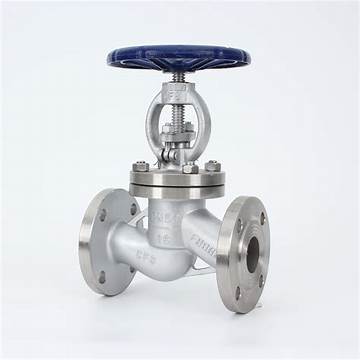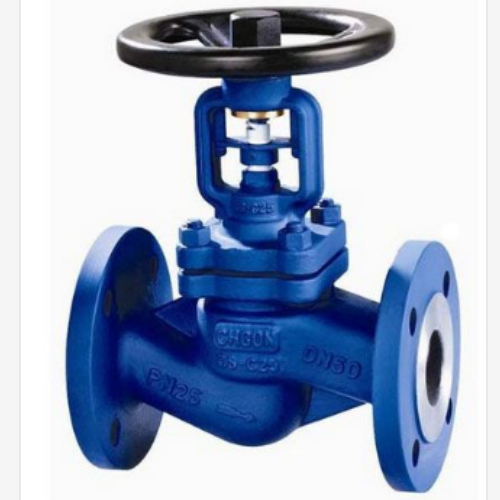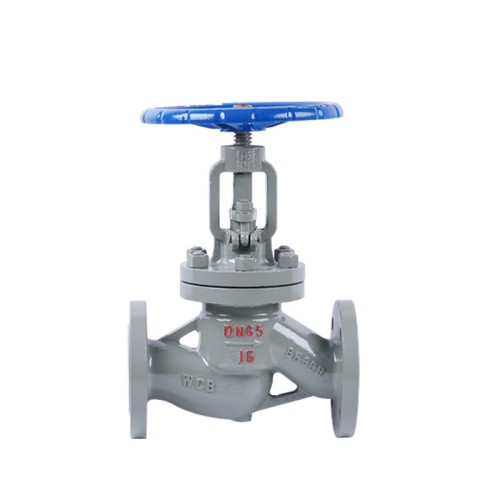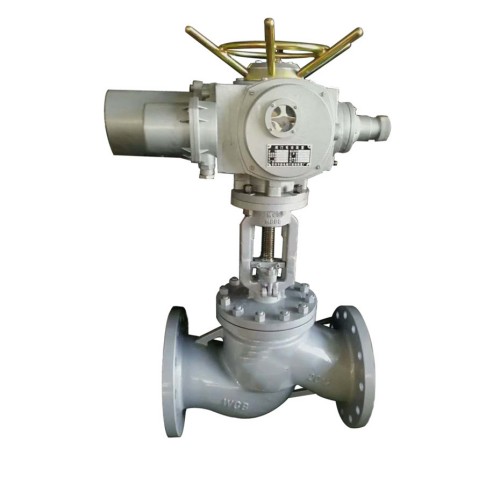Globe valve is an instrument used to stop and/or control the flow of fluids in a pipeline. It works by halting the flow of a fluid through a pipe. The name globe comes about due to the valve's cylindrical shape. There are usually two halves of the body within the globe valve that are separated by an internal baffle.
Globe Valve Used For High Pressure?
Yes, a globe valve is commonly used for high-pressure applications. Its design, which includes a linear motion disk and seat arrangement, allows for precise throttling and control of the flow, making it suitable for regulating high-pressure and high-temperature fluids. The globe valve's ability to provide fine adjustments in flow rate and its capability to withstand high pressures make it a preferred choice in many industrial settings where precise flow control under demanding conditions is required.
What Is The Purpose Of A Globe Valve?
The purpose of a globe valve is to regulate and control the flow of fluid in a pipeline. Globe valves are designed to provide precise throttling and control of the flow, making them suitable for applications where accurate regulation of flow rate is essential. They are commonly used in systems where the flow needs to be adjusted frequently or where a fine degree of control is required. Globe valves are particularly well-suited for high-pressure and high-temperature applications, as well as for systems that involve abrasive or corrosive fluids. Their ability to withstand high pressures and provide reliable flow control makes them essential components in various industrial processes, including power generation, oil and gas, chemical processing, and water treatment.
Globe Valve Faq
1.What is a globe valve?
Globe valve is a type of linear motion valve used to regulate the flow of a fluid in a pipeline. It consists of a movable disk-type element and a stationary ring seat in a spherical body. The design allows for precise throttling and control of the flow.
2.What are the applications of globe valves?
Globe valves are commonly used in high-pressure and high-temperature applications, as well as in systems that require frequent adjustments to the flow rate. They are also suitable for handling abrasive or corrosive fluids. Typical applications include power plants, oil and gas processing, chemical and petrochemical industries, and water treatment facilities.
3.How does a globe valve differ from other types of valves?
Unlike ball valves, which are primarily designed for on/off control, globe valves are well-suited for regulating flow. The linear motion of the disk allows for precise throttling, making them ideal for applications that require fine control over the flow rate. In contrast to gate valves, globe valves provide a more gradual change in flow, allowing for better control over the fluid.
4.What are the advantages of using a globe valve?
Globe valves offer excellent flow control capabilities, good shutoff characteristics, and the ability to handle high-pressure and high-temperature fluids. They are also less prone to seat and disk wear compared to other types of valves, making them suitable for demanding applications.
5.How do you maintain and service a globe valve?
Regular maintenance of globe valves is essential to ensure proper functioning and longevity. This may include periodic lubrication, inspection of the seating surfaces, and replacement of worn components. Proper installation and alignment are also crucial for optimal performance.








